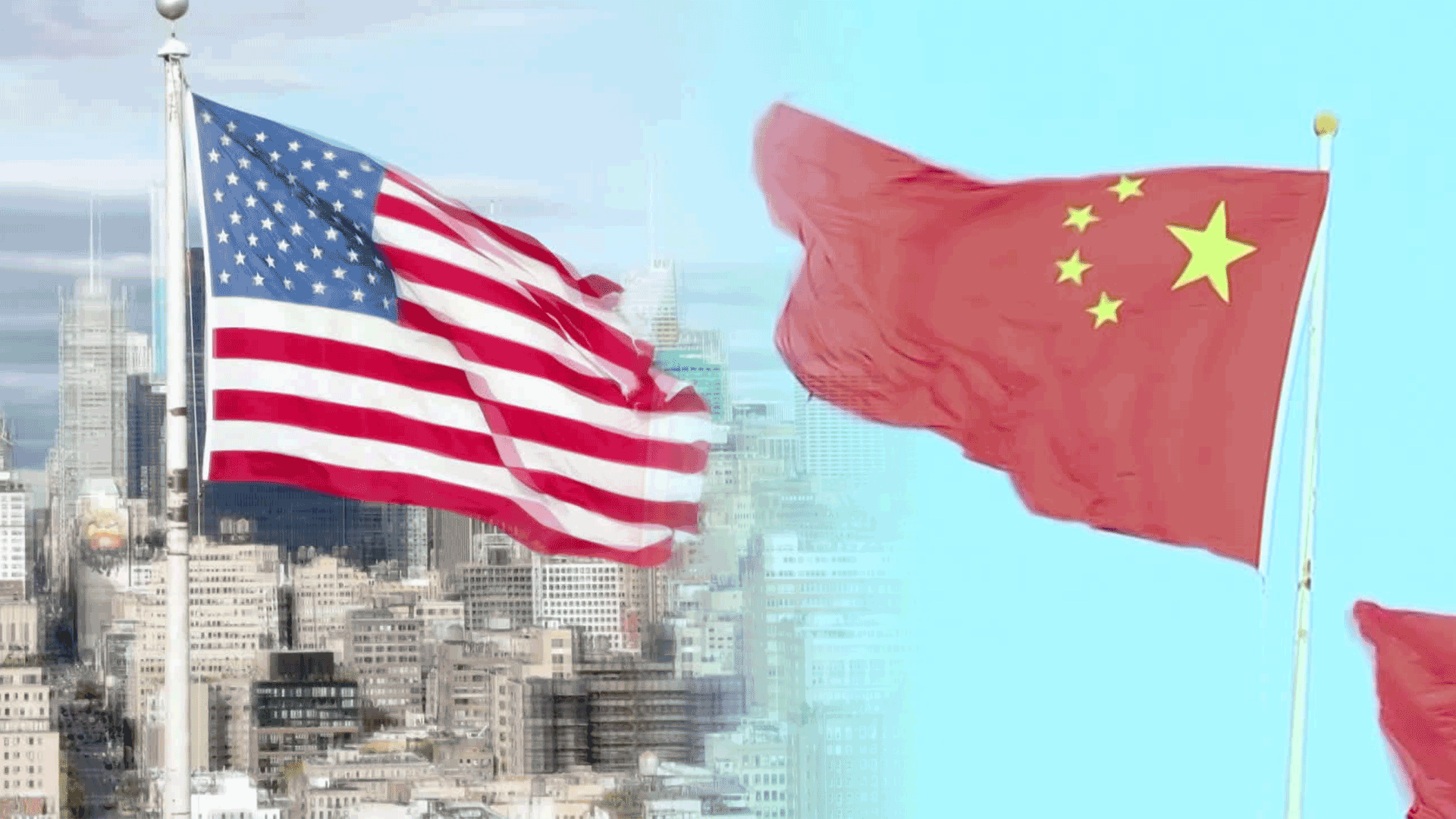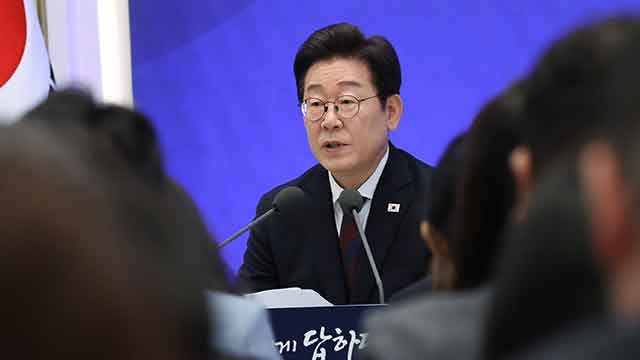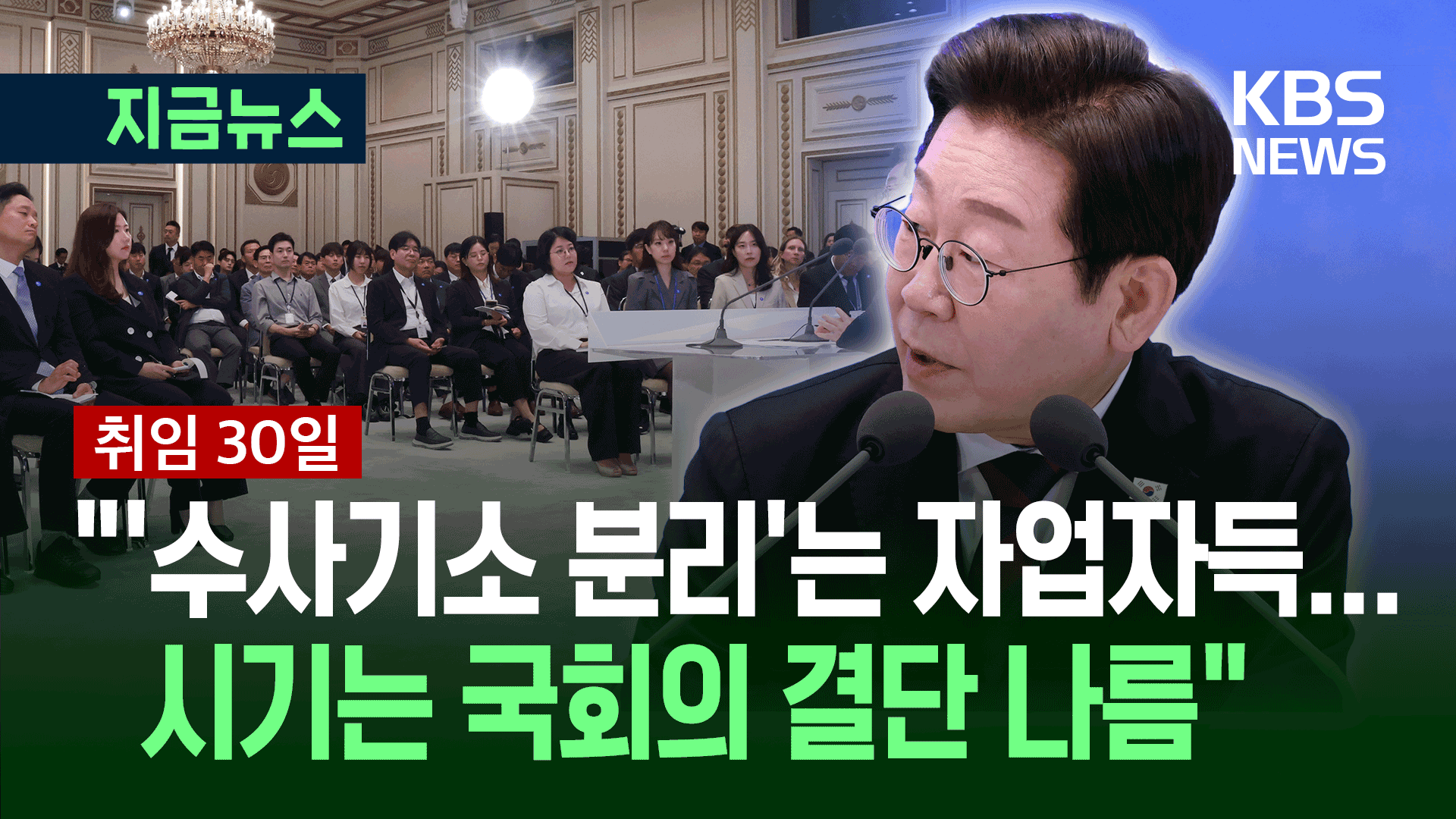[Anchor]
As such, U.S. tariffs are the biggest issue in trade this year.
Looking at it over a longer period of ten years, another chronic problem in trade emerges.
Excessive dependence on the U.S. and China is worsening the 'trade concentration'.
Reporter Kim Ji-sook has examined this issue.
[Report]
Hyundai and Kia's market share in the U.S. is steadily on the rise.
It was 8% in 2015, and this year it is expected to exceed 11%.
Exports of semiconductors to the U.S. are also sailing smoothly.
Assuming total exports as 100, the U.S. share rose from 10 in 2012 to 18 last year.
Since 2020, the slope has become steeper.
China is the opposite.
The share of imports has increased from 15 to 22 during the same period.
These robot vacuum cleaners have held the No. 1 spot in the domestic market since 2021.
This is a clear example of not only intermediate goods but also consumer goods being dominated by Chinese products.
Since 2023, South Korea has been continuously running a deficit against China.
The trend over the past decade has been to 'export more to the U.S. and import more from China', but at the same time, the concentration of trade with both countries has increased.
The degree of export concentration to specific countries is the highest among the six major manufacturing countries, with South Korea leading.
The concentration of imports is also at a level competing for first place with Japan.
[Jung Seong-hoon/KDI Supply Chain Research Team Leader: "Just because we negotiate tariffs well, will any of our trade issues be completely resolved? I don't think so. The longer this continues, the more it can provide a pretext for 'economic governance'."]
Economic governance that troubles South Korea.
Tariffs from the U.S. and export controls from China are representative examples.
Since South Korea has a significant surplus with the U.S., it cannot escape from tariff offensives, and because it imports too much from China, it often suffers from supply chain controls.
It is time for a trade diversification policy to reduce the concentration on the U.S. and China.
This is KBS News, Kim Ji-sook.
As such, U.S. tariffs are the biggest issue in trade this year.
Looking at it over a longer period of ten years, another chronic problem in trade emerges.
Excessive dependence on the U.S. and China is worsening the 'trade concentration'.
Reporter Kim Ji-sook has examined this issue.
[Report]
Hyundai and Kia's market share in the U.S. is steadily on the rise.
It was 8% in 2015, and this year it is expected to exceed 11%.
Exports of semiconductors to the U.S. are also sailing smoothly.
Assuming total exports as 100, the U.S. share rose from 10 in 2012 to 18 last year.
Since 2020, the slope has become steeper.
China is the opposite.
The share of imports has increased from 15 to 22 during the same period.
These robot vacuum cleaners have held the No. 1 spot in the domestic market since 2021.
This is a clear example of not only intermediate goods but also consumer goods being dominated by Chinese products.
Since 2023, South Korea has been continuously running a deficit against China.
The trend over the past decade has been to 'export more to the U.S. and import more from China', but at the same time, the concentration of trade with both countries has increased.
The degree of export concentration to specific countries is the highest among the six major manufacturing countries, with South Korea leading.
The concentration of imports is also at a level competing for first place with Japan.
[Jung Seong-hoon/KDI Supply Chain Research Team Leader: "Just because we negotiate tariffs well, will any of our trade issues be completely resolved? I don't think so. The longer this continues, the more it can provide a pretext for 'economic governance'."]
Economic governance that troubles South Korea.
Tariffs from the U.S. and export controls from China are representative examples.
Since South Korea has a significant surplus with the U.S., it cannot escape from tariff offensives, and because it imports too much from China, it often suffers from supply chain controls.
It is time for a trade diversification policy to reduce the concentration on the U.S. and China.
This is KBS News, Kim Ji-sook.
■ 제보하기
▷ 카카오톡 : 'KBS제보' 검색, 채널 추가
▷ 전화 : 02-781-1234, 4444
▷ 이메일 : kbs1234@kbs.co.kr
▷ 유튜브, 네이버, 카카오에서도 KBS뉴스를 구독해주세요!
- Dependence on U.S. and China grows
-
- 입력 2025-07-02 04:32:17

[Anchor]
As such, U.S. tariffs are the biggest issue in trade this year.
Looking at it over a longer period of ten years, another chronic problem in trade emerges.
Excessive dependence on the U.S. and China is worsening the 'trade concentration'.
Reporter Kim Ji-sook has examined this issue.
[Report]
Hyundai and Kia's market share in the U.S. is steadily on the rise.
It was 8% in 2015, and this year it is expected to exceed 11%.
Exports of semiconductors to the U.S. are also sailing smoothly.
Assuming total exports as 100, the U.S. share rose from 10 in 2012 to 18 last year.
Since 2020, the slope has become steeper.
China is the opposite.
The share of imports has increased from 15 to 22 during the same period.
These robot vacuum cleaners have held the No. 1 spot in the domestic market since 2021.
This is a clear example of not only intermediate goods but also consumer goods being dominated by Chinese products.
Since 2023, South Korea has been continuously running a deficit against China.
The trend over the past decade has been to 'export more to the U.S. and import more from China', but at the same time, the concentration of trade with both countries has increased.
The degree of export concentration to specific countries is the highest among the six major manufacturing countries, with South Korea leading.
The concentration of imports is also at a level competing for first place with Japan.
[Jung Seong-hoon/KDI Supply Chain Research Team Leader: "Just because we negotiate tariffs well, will any of our trade issues be completely resolved? I don't think so. The longer this continues, the more it can provide a pretext for 'economic governance'."]
Economic governance that troubles South Korea.
Tariffs from the U.S. and export controls from China are representative examples.
Since South Korea has a significant surplus with the U.S., it cannot escape from tariff offensives, and because it imports too much from China, it often suffers from supply chain controls.
It is time for a trade diversification policy to reduce the concentration on the U.S. and China.
This is KBS News, Kim Ji-sook.
As such, U.S. tariffs are the biggest issue in trade this year.
Looking at it over a longer period of ten years, another chronic problem in trade emerges.
Excessive dependence on the U.S. and China is worsening the 'trade concentration'.
Reporter Kim Ji-sook has examined this issue.
[Report]
Hyundai and Kia's market share in the U.S. is steadily on the rise.
It was 8% in 2015, and this year it is expected to exceed 11%.
Exports of semiconductors to the U.S. are also sailing smoothly.
Assuming total exports as 100, the U.S. share rose from 10 in 2012 to 18 last year.
Since 2020, the slope has become steeper.
China is the opposite.
The share of imports has increased from 15 to 22 during the same period.
These robot vacuum cleaners have held the No. 1 spot in the domestic market since 2021.
This is a clear example of not only intermediate goods but also consumer goods being dominated by Chinese products.
Since 2023, South Korea has been continuously running a deficit against China.
The trend over the past decade has been to 'export more to the U.S. and import more from China', but at the same time, the concentration of trade with both countries has increased.
The degree of export concentration to specific countries is the highest among the six major manufacturing countries, with South Korea leading.
The concentration of imports is also at a level competing for first place with Japan.
[Jung Seong-hoon/KDI Supply Chain Research Team Leader: "Just because we negotiate tariffs well, will any of our trade issues be completely resolved? I don't think so. The longer this continues, the more it can provide a pretext for 'economic governance'."]
Economic governance that troubles South Korea.
Tariffs from the U.S. and export controls from China are representative examples.
Since South Korea has a significant surplus with the U.S., it cannot escape from tariff offensives, and because it imports too much from China, it often suffers from supply chain controls.
It is time for a trade diversification policy to reduce the concentration on the U.S. and China.
This is KBS News, Kim Ji-sook.
-
-

김지숙 기자 vox@kbs.co.kr
김지숙 기자의 기사 모음
-
이 기사가 좋으셨다면
-
좋아요
0
-
응원해요
0
-
후속 원해요
0










![[속보] 상법 개정안, 여야 합의로 국회 본회의 통과](/data/layer/904/2025/07/20250703_831hGu.jpg)
![[속보] 국회, 김민석 총리 임명동의안 가결…국민의힘 표결 불참](/data/layer/904/2025/07/20250703_UCvuiM.png)



이 기사에 대한 의견을 남겨주세요.